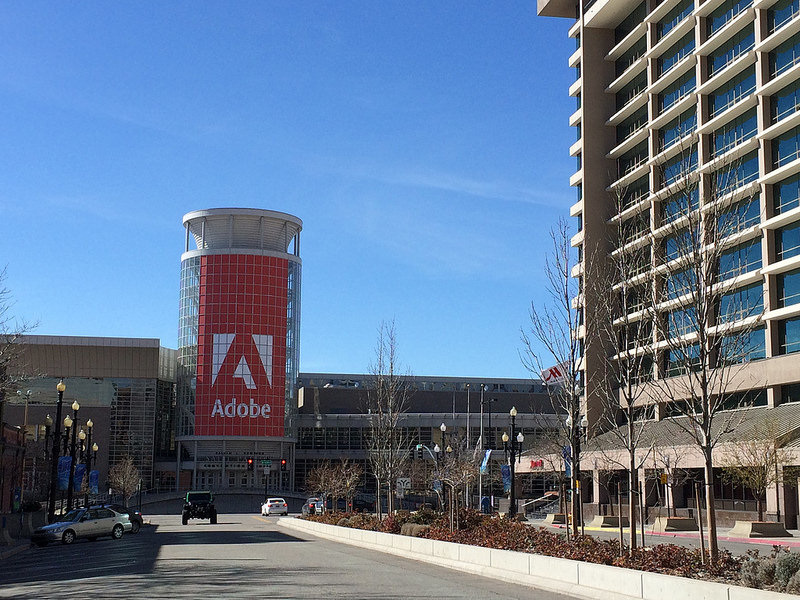| If downtown Salt Lake City were a garden, a convention hotel would be the tree that just won’t take root, no matter what the gardener does. The latest effort to use just the right amount of compost (I’ll refrain from comparing tax incentives to dung) failed last week when Salt Lake County Mayor Ben McAdams decided to walk away from nine-months of negotiations with Omni Hotels and declare the process to be back at the proverbial drawing board. |
| | McAdams, a Democrat, drew praise even from Republicans for that one. In true Kenny Rogers fashion, he knew when to fold ‘em and walk away. But to borrow from a popular television commercial involving Rogers, the question is whether people will get tired of the guy at the table who keeps singing the same old song. The county, which owns and operates the convention center and therefore is in command of these negotiations, has been singing for at least two decades now, and it doesn’t plan to stop. Bidding will reopen as soon as next month. “Based on the fact that we have conventions excited to come here and the only reason they don’t is the need for a convention-sized hotel, it says to me that there is indeed a market for a hotel,” he told me by phone. Utah Sen. Howard Stephenson, R-Draper, isn’t so sure. Even though state and county tax incentives were offered in the form of reimbursements for money the hotel added to the economy, they did total a tantalizing $130 million. “That’s quite an incentive,” Stephenson told me. “When they aren’t willing to invest their own capital with that kind of incentive, it suggests Salt Lake isn’t ready for it yet.” We may soon find out. Omni was the only bidder the first time around. McAdams said that “emboldened” the chain to demand things, including an additional $15 million up front. That won’t happen next time, he said. That is, provided there are any bidders at all. Salt Lake’s convention hotel saga always has posed an interesting conflict of market theories. Critics, including yours truly, said from the beginning that if there was a need for a 700-to-1,000-room hotel, some private hotelier would step up and build it. The other theory says you have to spend money to make money — which is always easier to swallow when you’re spending someone else’s money. The convention business is not truly a free-market endeavor. Cities compete against each other for business, but they generally do this using amenities paid for by taxpayers. If you don’t have an amenity paid for by taxpayers, well… you can’t always succeed on the beauty of your mountains alone. Utah lawmakers thought they found a good solution with the current incentive plan. You don’t get the cash until you prove you have earned it. But no matter how you spin it, they ended up with only one bidder who demanded more. Why does McAdams think the tree will take root next time? He offers several reasons. This time the county will provide two specific sites, one to the north and one to south of the convention center, both owned by the county. Last time, bidders had to come up with their own locations. The tax incentives have been simplified. And this time the county won’t be competing with three other convention markets that went to bid simultaneously, as happened last time. There is one more thing. McAdams believes his decision to walk away from Omni will help. Bidders know the county won’t go beyond the terms of its original proposal. The convention business has a way of presenting claims that are difficult to prove. Is a hotel really the key to getting more business, or is Salt Lake’s reputation as a place with no nightlife a bigger impediment? Can Salt Lake ever really compete with Seattle or Denver, regardless of its hotels? McAdams, like the hopeful gardener, believes it can, and he believes a hotel would attract shows large enough to spill over to many other hotels, as well. The next round of bidding may be the last chance to prove it. |


 RSS Feed
RSS Feed

